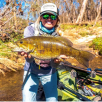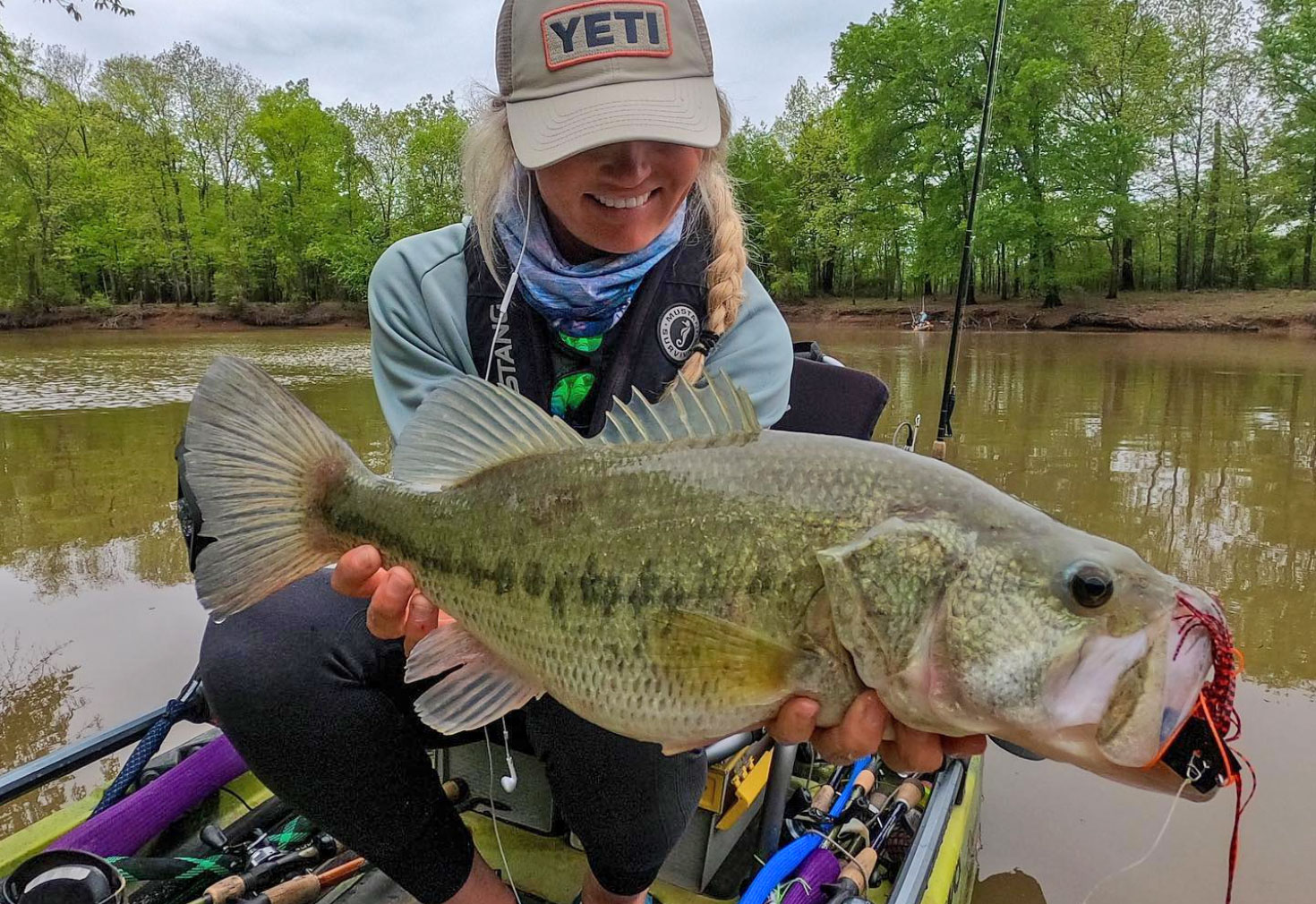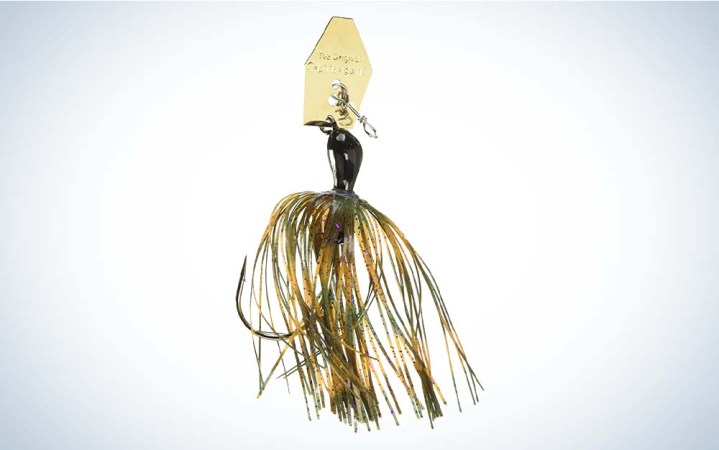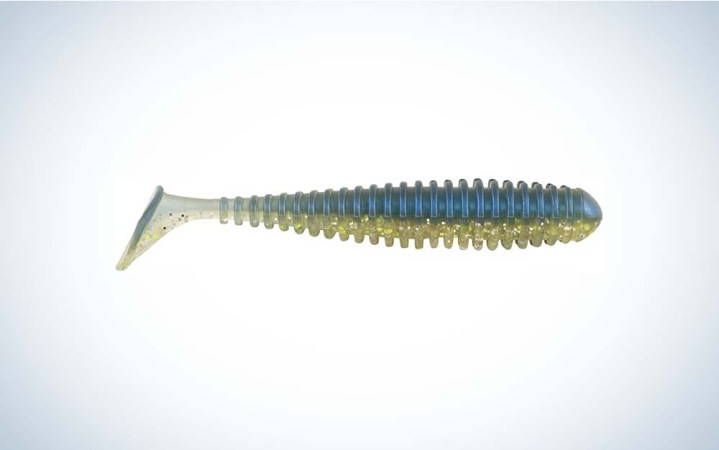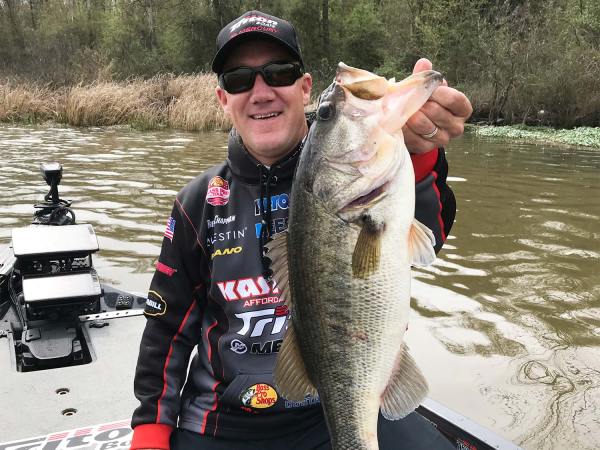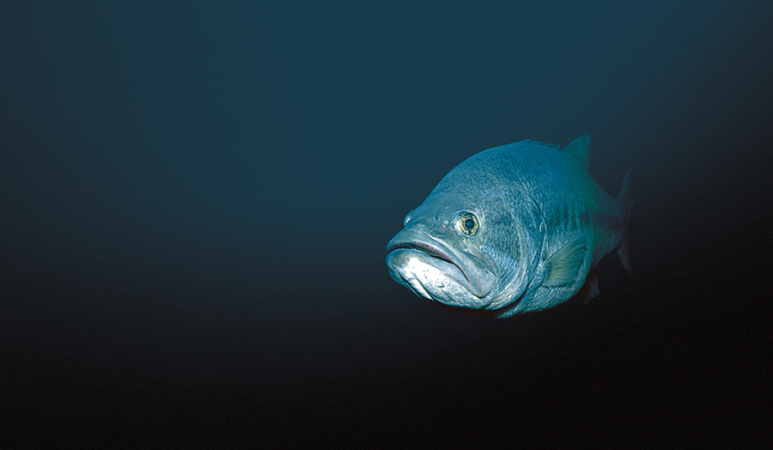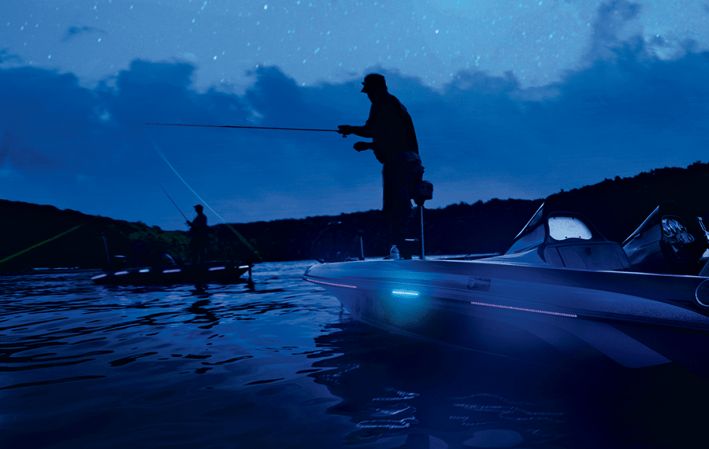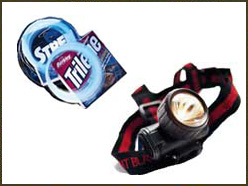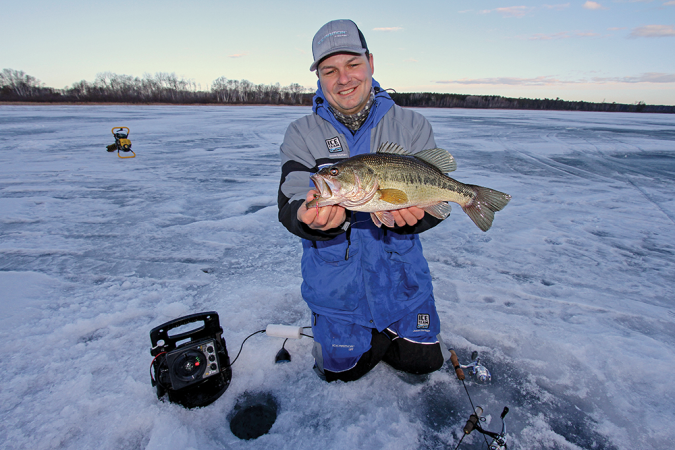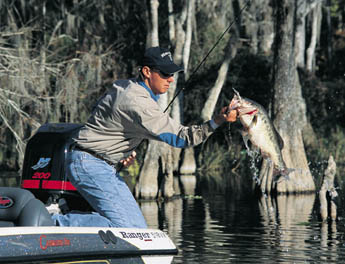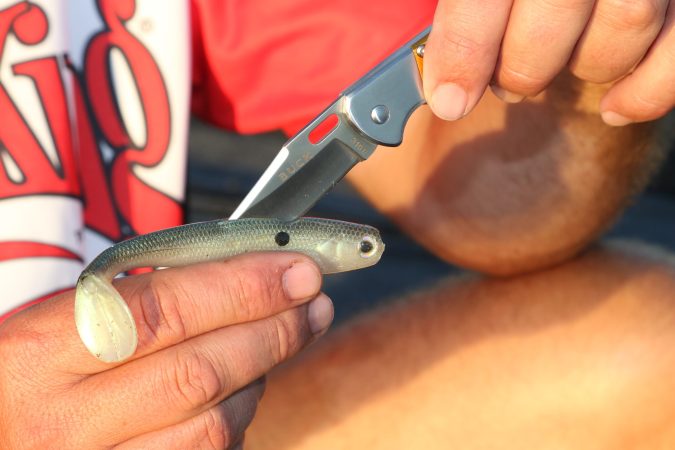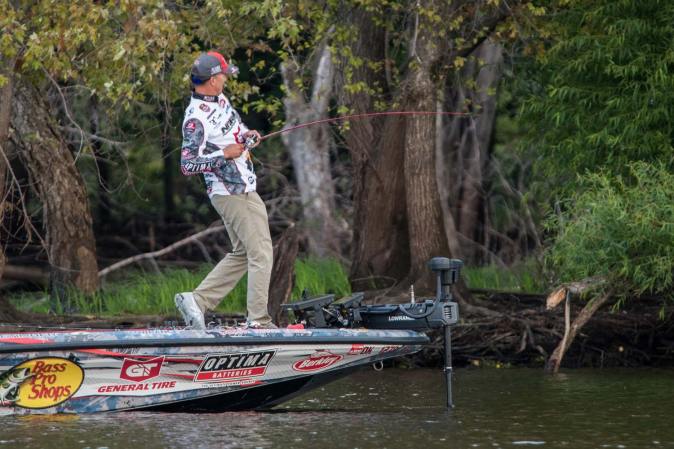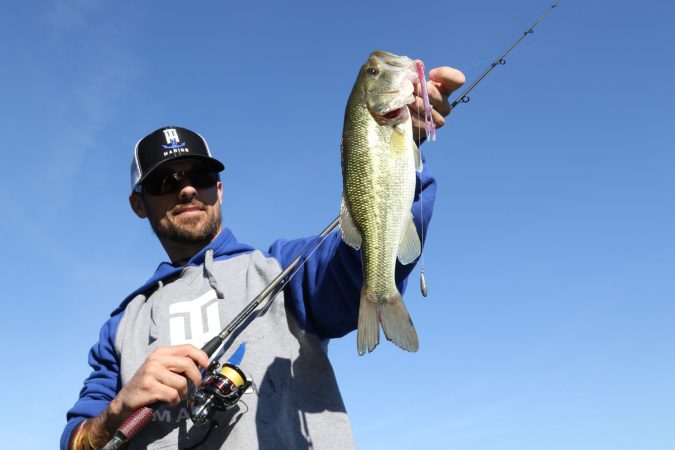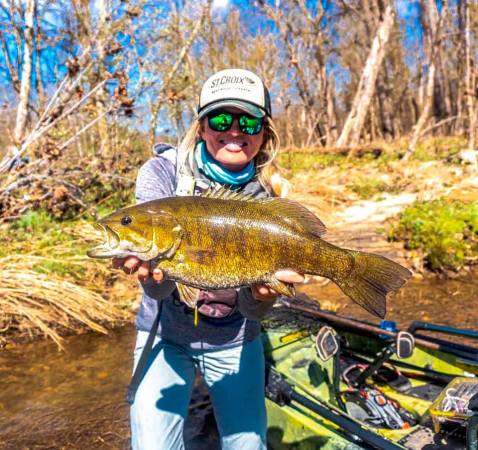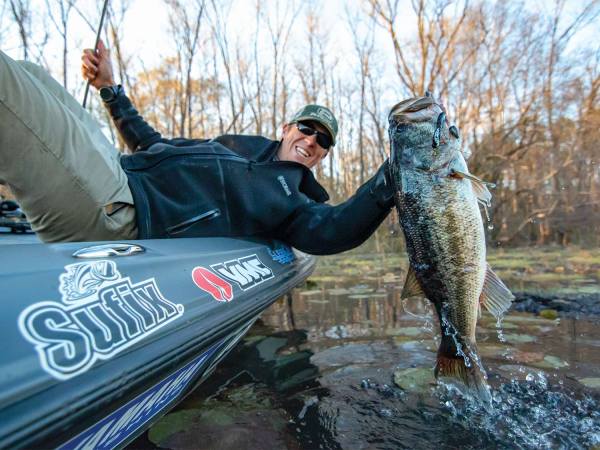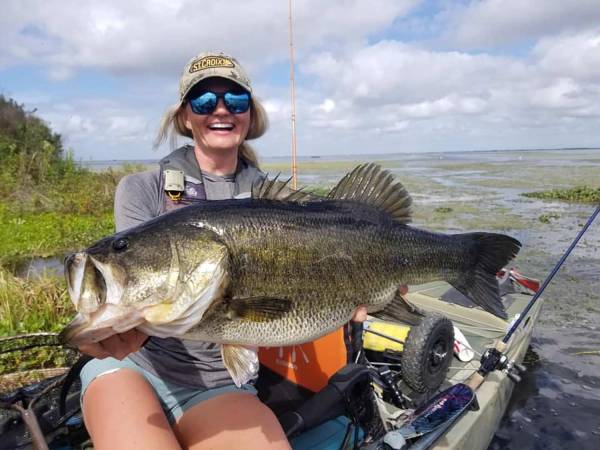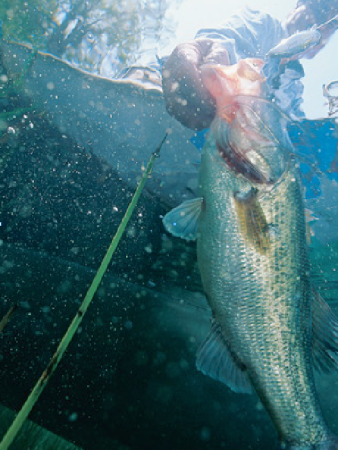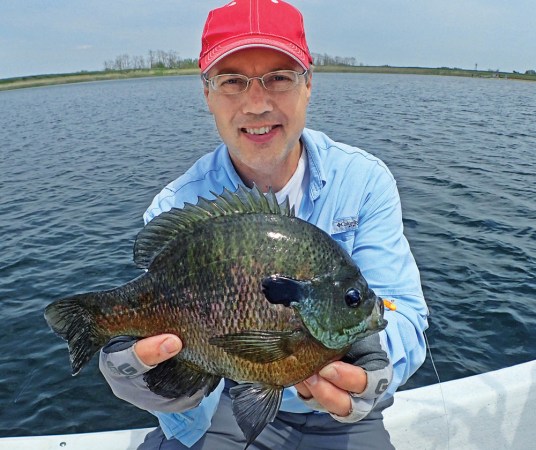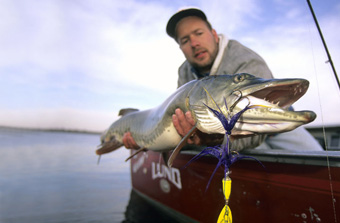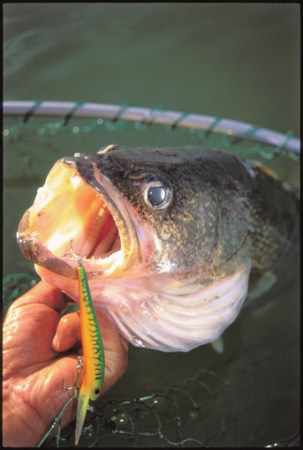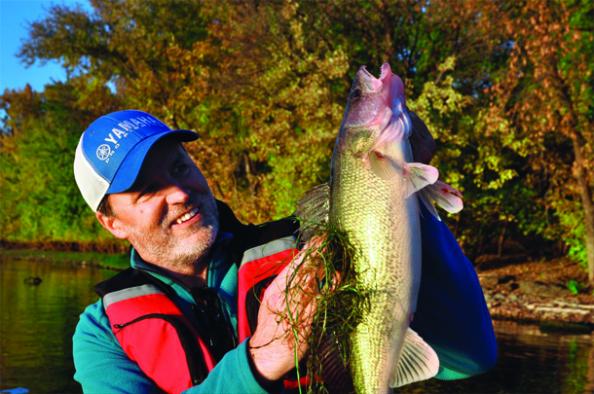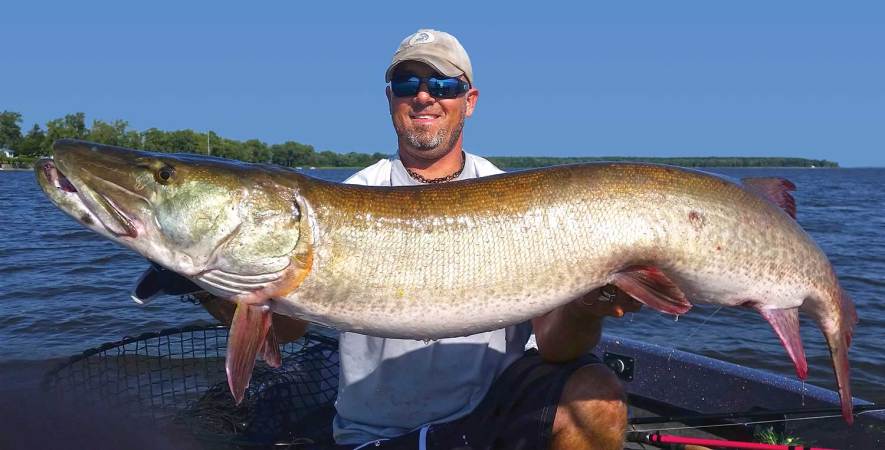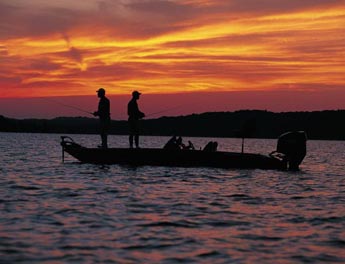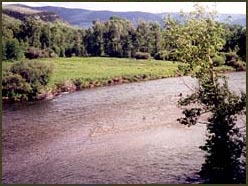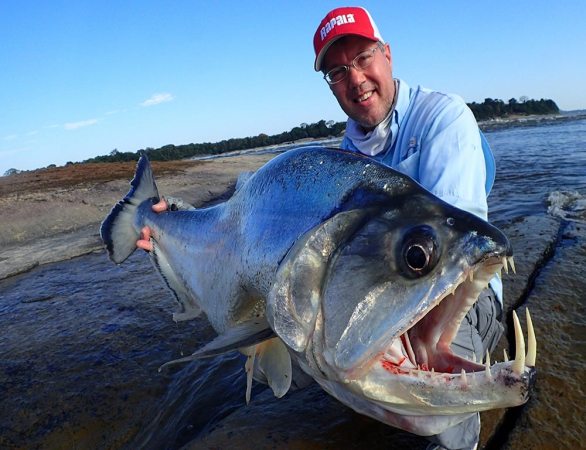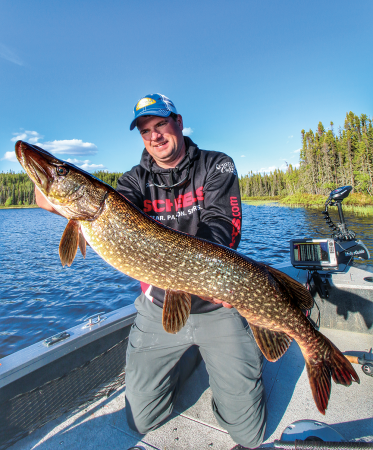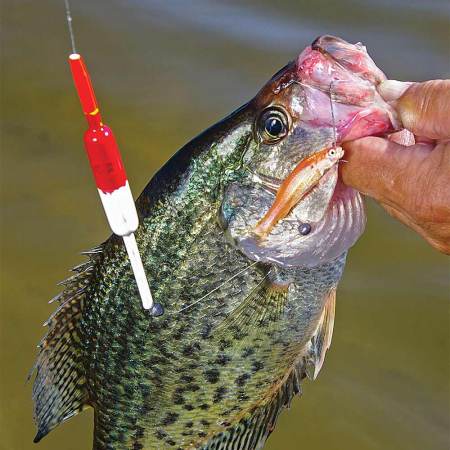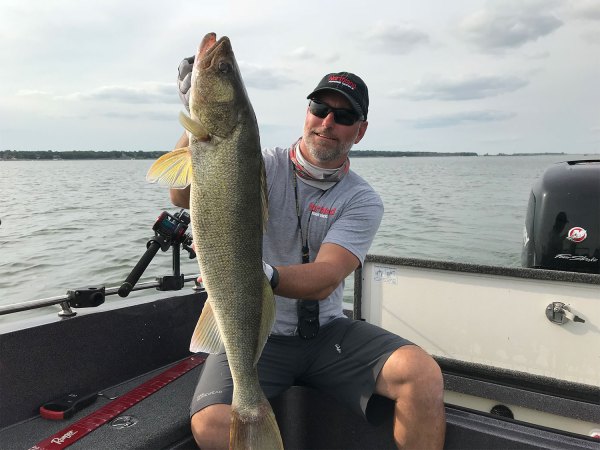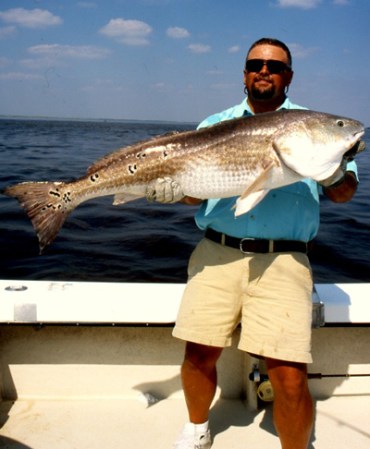In 1998, lure designer Ron Davis came up with a way to attach a hex-shaped blade to a jig. He would go on to sell his design to ZMAN, but not before selling thousands of these “Chatterbaits.” Professional anglers started winning tournament after tournament on this innovative bait that the fish hadn’t seen before. The rest, as they say, is history.
Today, the “bladed jig” is one of the most popular bass fishing baits out there, with several companies coming out with their own version, claiming never-before-seen vibrations and actions. So what makes this bait so popular? In short, it’s versatility. You can fish it on any body of water, in any depth, and any time of the year and have success.
Here’s what you need to know about the chatterbait, plus a few tips on how to be more successful when fishing it.
Understand Different Trailers and When to Use Them
Paddle-tail Swimbait (Berkley Power Swimmer)
The paddle tail swimbait closely mimics shad and other baitfish. Fishing this style of trailer allows anglers to run the bait a little deeper, and a little slower. This is usually my option when I’m fishing lakes with medium to high visibility, or when I’m slow rolling the bladed jig in deeper water.
Straight-tailed Swimbait
This is going to give you the most streamlined, tightest wobble. I go this route when using a bladed jig to target those roaming fish on blue back herring or cisco lakes, when fishing ultra-clear lakes, or when targeting smallmouth.
Creature Bait Trailer
The wider profile is going to keep the bait in the water column, and will also displace more water, making it a great shallow water option, as well as a good muddy water option. The creature bait not only imitates crayfish but does a good job portraying bream as well. So this is my go to when I’m targeting bass keyed in on the bream spawn.
No Trailer
Believe it or not, you can fish this bait with zero trailer, just the skirt. This gives the bladed jig a much different action, that the fish aren’t used to seeing. Don’t knock it till you try it!
Chatterbait Colors
I stick to a few main colors throughout the year. Here are my go-to’s and when they shine.
Fire Craw/Red
We all know about the Rayburn reds and the Toledo Gold infamous spring lipless crank bait bite, and this applies to the bladed jig as well. This is your big pre-spawn color, when bass are feeding heavily on crayfish. The bladed jig is a good option when the fish want something just a bit more subtle than the lipless crank bait.
Green Pumpkin and Variations
Just like a normal jig, I want this color when I’m fishing clearer water, to give the fish a more natural look.
White/White Chartreuse
This is a great shad imitator, but also shines in water with less visibility.
Black/Blue
This is another muddy water choice that works well when paired with a trailer that moves water, is known to get the fishes attention.
Blade Colors
Be sure to play with the blade colors. The most common blade colors are silver and gold, but there are also painted blades that create a more natural look. I’ll try different combos until I find the one that seems to be working the best, but I typically find myself going for the gold blade in most situations, especially tannic waters.
Tips for Fishing a Chatterbait
Trim the skirt. Trimming or even removing the skirt is going to do a few things for you. First, it will help the blade maneuver through grass better, because there’s less body to hang up. Most importantly though, it’s going to “hunt” better, meaning the bait will have more of an erratic side-to-side action. This gives the fish a different look, and it increases your odds of enticing a reaction bite. Removing the skirt gives the bait a more subtle, streamlined appearance, which will help in clear-water situations. This is very beneficial when the fish are keyed in on shad.
Vary your retrieve. This applies to most all moving baits, but I find it to be extra applicable to bladed jigs. Since many anglers stick to a basic straight retrieve, the fish are highly accustomed to seeing that presentation. When anglers vary the retrieve add a few hard cranks, it gives the fish a different look and really imitates wounded, frantic prey. In clear water applications, it’s typically best to use a faster retrieve. With a faster retrieve, finicky fish don’t have as much time to think or get a close look before engulfing the bait. In warmer water, I tend to fish the bait even more erratically, while cooler temps call for a slower speed.
Experiment with different brands, and different models. There will be days when fish are keyed in on bladed jig “A,” and then suddenly, they prefer the vibration of bladed jig “B.” So be sure to experiment with several different makes and models.
The best thing an angler can do when fishing a bladed jig is to keep it in the water, and let the fish tell you what they want. Have an open mind and don’t be afraid to fish it year-round, in any water temps or varying conditions. It’s a proven fish catcher and will continue to be for years to come.
